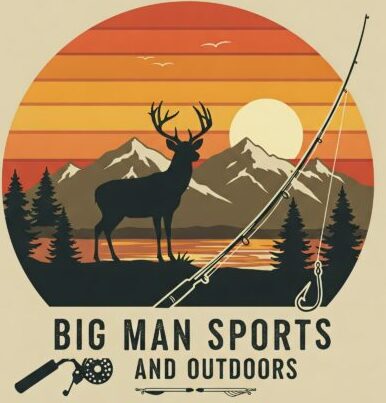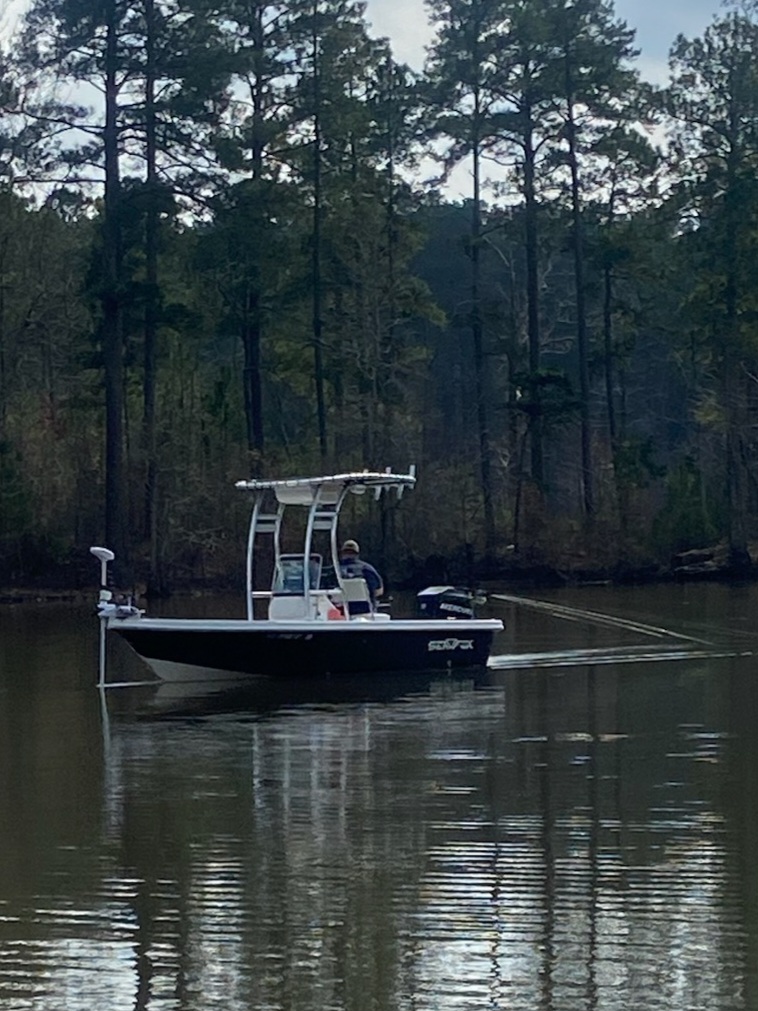The 2023 Ultimate Guide to Crappie Trolling Rods: Everything You Need to Know (Even If You’re Just Starting Out)
Hey there, fellow angler! If you’re into crappie fishing—or even just thinking about trying it—you’ve probably heard about crappie trolling rods. But what makes them different from other crappie rods? And how do you even choose the right one? Don’t worry, I’ve got your back. Let’s break it all down in a way that’s easy to understand, whether you’re a beginner or just need a refresher.
What’s the Deal with Crappie Trolling Rods?
Okay, so first things first: crappie trolling rods are not your average fishing rods. They’re specifically designed for trolling, which is basically when you drag your bait or lures behind a boat to cover a lot of water and find those sneaky crappie. Here’s how they stand out:
1. They’re Longer (Like, Really Long)
-
Trolling rods are usually 10 to 18 feet long. Yeah, they’re like the giraffes of the fishing rod world! This extra length helps you spread out multiple lines behind your boat, so you can cover more water and increase your chances of finding crappie.
2. They’re Super Flexible
-
These rods are designed to bend and absorb the pressure of trolling. This flexibility helps keep your hooks from ripping out when a crappie bites, which means more fish in the boat for you!
3. They’re Built for Trolling, Not Casting
-
Unlike spinning or jigging rods, trolling rods aren’t meant for casting near docks or brush piles. They’re all about covering open water and finding schools of crappie.
How Are They Different from Other Crappie Rods?
If you’re thinking, “Wait, aren’t all crappie rods the same?”—nope, not at all! Here’s the lowdown:
Spinning and Jigging Rods
-
These rods are shorter (6 to 10 feet) and way more sensitive. They’re perfect for casting near structures like docks, brush piles, or submerged trees where crappie love to hang out.
-
The extra sensitivity helps you feel even the tiniest nibbles, so you can set the hook quickly and reel in your catch.
Trolling Rods
-
As we talked about, these are longer and more flexible. They’re not as sensitive, but they’re built to handle the constant pulling of trolling. Think of them as the workhorses of crappie fishing.
How Do You Choose the Right Crappie Trolling Rod?
Alright, let’s get into the nitty-gritty. Here’s what you need to look for when picking out a trolling rod:
1. Length Matters
-
Longer rods (10 to 18 feet) are great for covering more water and spreading out your lines. If you’re trolling with multiple rods, try using a mix of lengths (like 8, 10, 12, and 14 feet) to avoid tangles.
2. Action Is Key
-
Look for a rod with moderate to slow action. This means it bends evenly along the length of the rod, which helps absorb the pressure of trolling and keeps your hooks secure.
3. Sensitivity and Strength
-
You want a rod that’s sensitive enough to detect light bites but strong enough to handle the weight of your trolling gear and the size of the fish. Graphite rods are a popular choice because they’re lightweight and super responsive.
4. Comfort Is a Must
-
Don’t forget about the handle! A comfortable grip (like cork or EVA foam) will save your hands during long days on the water.
What About Reels?
While the rod is the star of the show, the reel plays a supporting role. Here’s what to look for:
-
Size: Go for a lightweight reel (1000 to 2500 series).
-
Gear Ratio: A moderate gear ratio (5.2:1 to 6.2:1) gives you a good balance of speed and power.
-
Drag System: Make sure it’s smooth—crappie are known for their quick, darting runs, and you’ll need a reel that can keep up.
What Size Rod Should You Use?
This really depends on your style and comfort level. Here’s a quick guide:
-
8 to 12 Feet: Perfect for beginners or if you prefer shorter, more manageable rods.
-
14 to 18 Feet: Best for experienced anglers who want maximum coverage. These rods can be a bit tricky to handle at first, but they’re worth it for the results.
Final Thoughts
So, there you have it—your ultimate guide to crappie trolling rods! Whether you’re just starting out or looking to up your trolling game, the right rod can make all the difference. Remember, it’s not just about the length or action; it’s about finding the rod that feels right for you and your fishing style.
And hey, don’t forget to have fun out there! Fishing is all about enjoying the experience, so grab your gear, hit the water, and maybe even take a kid along for the ride. There’s nothing better than sharing the joy of crappie fishing with someone new.

